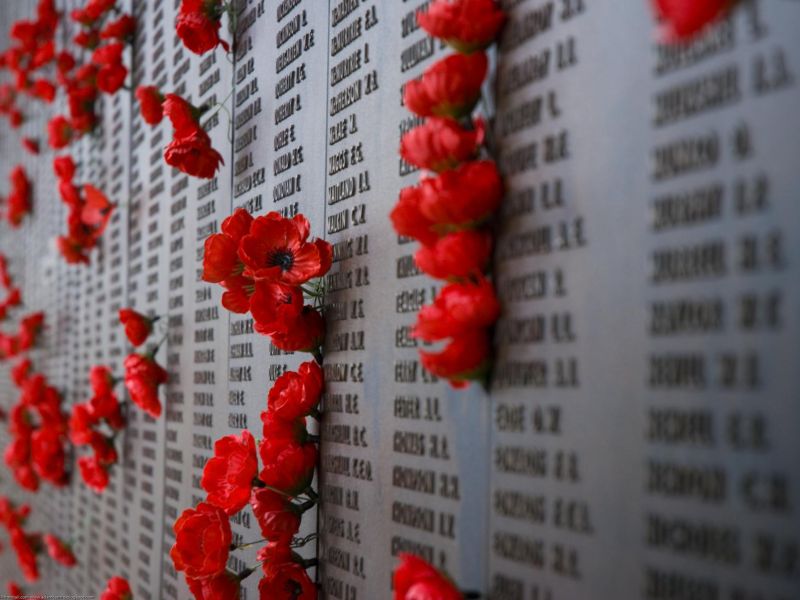NX47700 Private Ronald Norrie Lyle Alexander, 2/30th Battalion
Ronald Alexander was born in Coraki, New South Wales, on 11 August 1911, the son of Edwin and Sarah Alexander.
After working for some time as a farmer, he enlisted in the Second Australian Imperial Force on 19 June 1940 at Lismore, New South Wales. He soon joined a training battalion, and after an episode of measles in September, in mid-November was allotted to the newly established 2/30th Battalion.
With men drawn from Dubbo, Goulburn, North Sydney, Randwick, Wallgrove, and Wagga Wagga, the first commander of the battalion, Lieutenant Colonel F.G. “Black Jack” Galleghan, trained the men hard; they became known as “Galleghan's greyhounds”.
The battalion was part of the 8th Division’s 27th Brigade, the last AIF infantry brigade raised for service during the Second World War. At the end of July 1941 the main component of the 2/30th sailed to Singapore on board the Dutch ship Johan Van Oldenbarnevelt as part of the convey carrying the 27th Brigade. The battalion then went to Malaya, where it would soon put what it had learnt into practice.
Just after midnight on the 8th of December, Japanese forces landed at Singora and Patani in Thailand, and Kota Bahru in northern Malaya. After advancing down the Malay Peninsula, after a week the Japanese 5th Division was approaching the inland town of Gemas. On 14 January a company of the 2/30th ambushed the Japanese at Gemencheh Bridge, twelve kilometres west of Gemas. Caught by surprise they suffered 70 killed and 57 wounded while the Australians had only one killed and nine wounded.
Next day the Japanese resumed their advance towards Gemas and tangled with the main body of the 2/30th Battalion. Bloody fighting ensued as artillery was brought to bear, Japanese tanks were engaged and stopped, while the infantry fought it out, sometimes at close quarters. But heavily outnumbered, the Australians were eventually forced back and by mid-afternoon on the 15th, had to withdraw from Gemas altogether. In two days fighting the Australians suffered 81 casualties, including 17 dead. Japanese casualties are thought to have amounted to a few hundred.
Among those killed on 15 January at Gemas was Private Ronald Alexander. He was 30 years old.
The remainder of the battalion would fight in the defence of Singapore until its surrender a month later. The survivors became prisoners of war and were used as labour for work parties, first in Singapore, then in other parts of Japan’s Greater East Asia Co-prosperity Sphere, working on the Burma–Thailand railway, as well as in Borneo and Japan. Over three hundred men from the 2/30th died during captivity.
Today Ronald Alexander is commemorated at the Singapore Memorial, which bears the names of over 24,000 casualties of Commonwealth land and air forces who have no known grave.
- Australian War Memorial https://www.awm.gov.au/collection/R1699289

 Australian War Memorial
Australian War Memorial